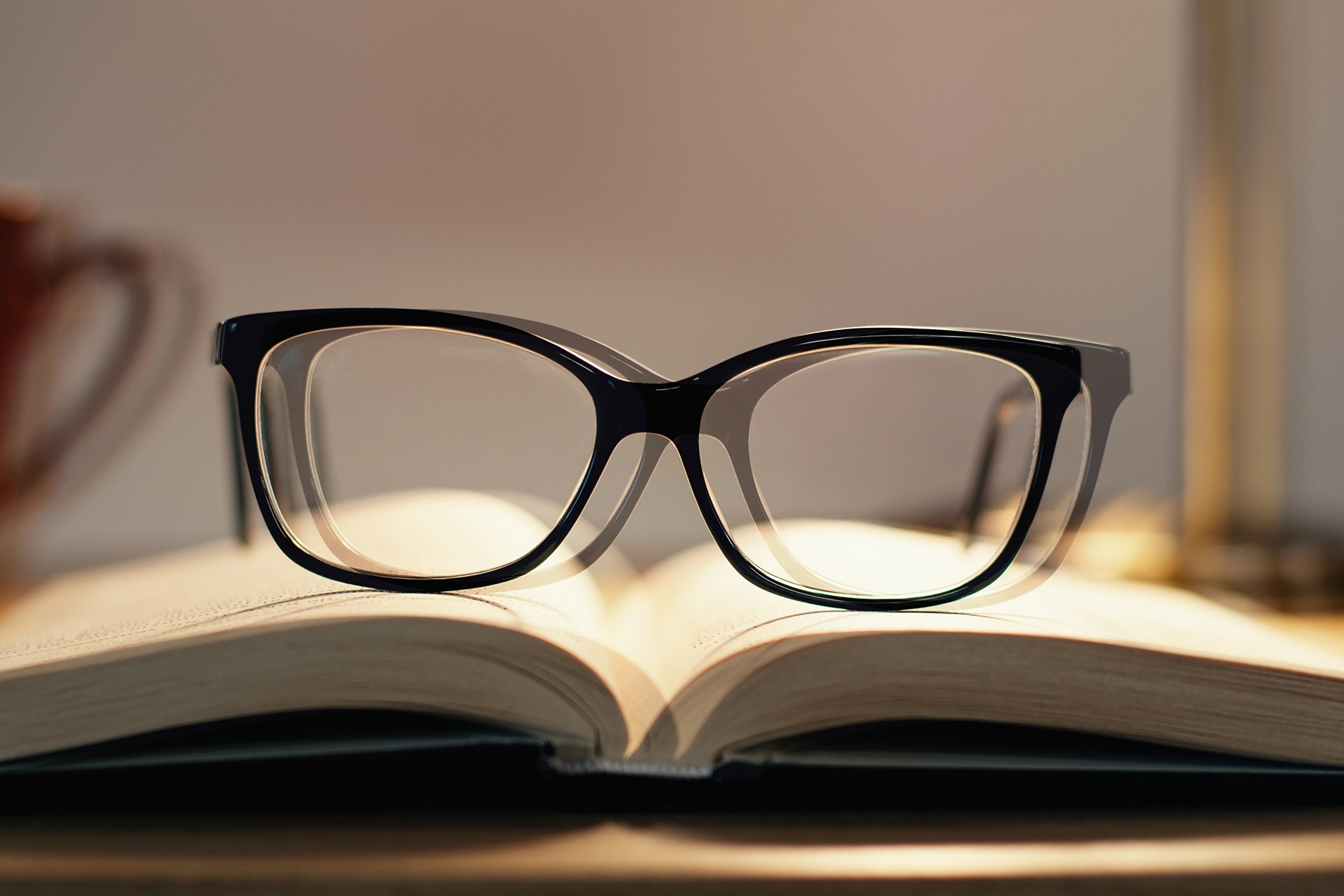The Importance of Treating Double Vision

Double vision, or diplopia, is a much more common eye condition than most people realize.
According to the American Academy of Ophthalmology, it can be associated with other medical conditions, including cataracts, eye injuries, LASIK procedures, migraine headaches and more. It also frequently occurs due to strabismus, which refers to misalignment of the eyes.
“More than 800,000 people visit their doctor and around 50,000 go to the emergency room a year because of diplopia in the United States,” says Hilda Capó, M.D., Division Chief of Pediatric Ophthalmology and Adult Strabismus at the Bascom Palmer Eye Institute. “As a strabismus specialist, I treat patients with diplopia every day in my practice.”
Signs and symptoms of double vision
Unlike other common eye conditions like nearsightedness or farsightedness, double vision quite literally means seeing two of the same object at a time.
“Patients typically report seeing two images, but sometimes they are not aware of diplopia and instead report blurry vision, a ‘shadow’ or ‘ghost’ image, loss of depth perception or frequent closure of one eye,” says Dr. Capó.
Double vision can be monocular or binocular in nature.
Binocular diplopia is double vision that only occurs with both eyes open but goes away when you close an eye. With monocular diplopia, double vision is present with only one eye open at a time. Monocular diplopia is typically more common and less serious than binocular diplopia. When binocular diplopia is present, it may be an indication of eye misalignment or a more serious condition.
“Causes of binocular diplopia are varied and include misalignment of the eyes (strabismus), neurological conditions (such as strokes, aneurysms, multiple sclerosis, cranial nerve palsies, tumors), thyroid eye disease, myasthenia gravis, and trauma or injury,” says Dr. Capó. “Monocular diplopia is usually less worrisome and can be caused by astigmatism, cataracts, dry eyes and corneal irregularities.”
When to see your eye doctor
Of course, anything unusual with your vision is worth a visit with an eye doctor. In some cases, diplopia is a minor problem that goes away on its own without intervention.
“If binocular diplopia persists, the treatment may include eye exercises, prism glasses, patching of one eye, botulinum toxin injections to the eye muscles or surgery to align the eyes,” says Dr. Capó.
The outlook after diplopia treatment is usually positive. Depending on the cause, it may not have a long-term impact on most people. However, patients with serious underlying medical conditions may face more challenges than others. “Unlike other visual impairments, patients with diplopia usually do not experience visual loss,” says Dr. Capó.
Above all, Dr. Capó says to have your double vision evaluated, particularly if you notice anything unusual or out of the ordinary with your vision.
“Double vision can be dangerous and incapacitating and diminishes quality of life,” she says. “It affects daily activities such as walking, driving and reading. It also increases the risk of falls and injuries, particularly in elderly individuals.”
Wyatt Myers is a contributor to UHealth’s news service.
Sources:
1) Double Vision, American Academy of Ophthalmology (AAO), 2023, https://www.aao.org/eye-health/symptoms/double-vision-2
2) Interview with Hilda Capó, M.D., Division Chief of Pediatric Ophthalmology and Adult Strabismus at the Bascom Palmer Eye Institute.
3) Diplopia (Double Vision), Cleveland Clinic, 2021, https://my.clevelandclinic.org/health/diseases/22203-diplopia-double-vision
Tags: Bascom Palmer Eye Institute, Dr. Hilda Capo, eye care in Miami, eye health, seeing double
